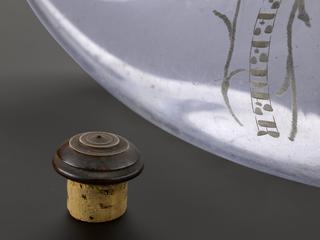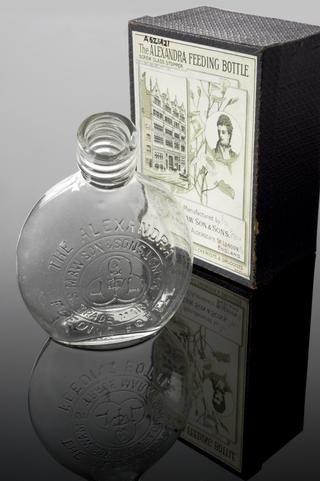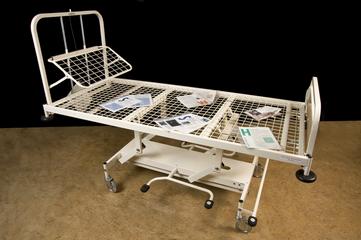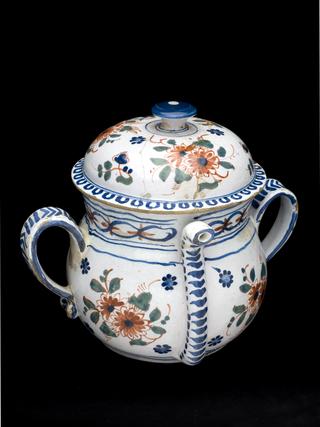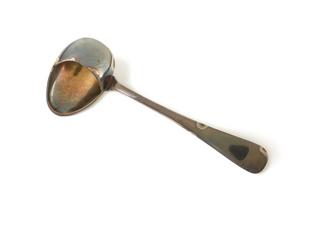Wooden Red Cross donation box
Donation box, presented to Hampshire branch in 1947 by the Hon. Lady Cooper, deputy president, made of burr oak with ebony, holly and mahogany inlay, made in 1947 by Eric Sharpe
More
On the side of the box is words 'Give if thou canst an alms.'
It is likely that the Lady Cooper refered to is Lady Mary Cooper (1858-1948) and her husband Sir George (1856-1940) lived at Hurlsey Park, Hampshire from 1902. She founded an American hospital for officers during the First World War. Mary was an American heiress whose family had made money from railways in the United States.
During the Second World War the house was the home of the Vickers Supermarine plane and their control centre. Since 1958, it has been the home to IBM.
Eric Sharpe (1888-1966), a woodworker associated with the Arts and Crafts movement made this donation box. It was used at the Balfour Red Cross Museum for donations from visitors to keep the museum running. It closed in 2012.









